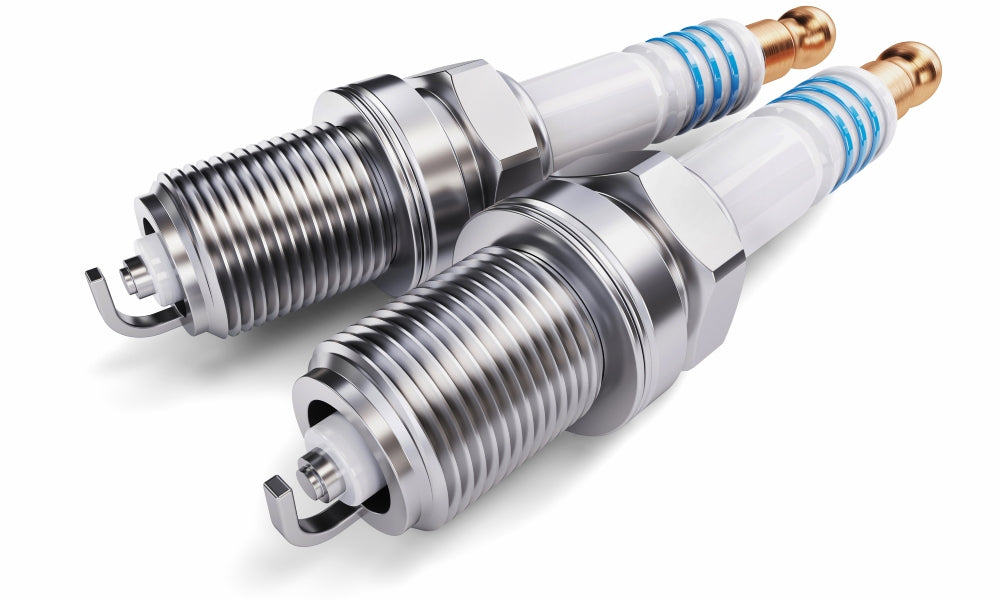

Crash test dummies are getting smarter and increasingly high-tech.
In geek-speak, they’re called anthropomorphic test devices (ATDs). We here at E3 Spark Plugs call them by their more common name – crash test dummies. Only trouble is, they’re not dummies at all. In fact, today’s ATDs are smarter and more lifelike than ever.
On August 31, 1869, Ireland’s Mary Ward gained the unfortunate distinction of becoming the world’s first recorded victim of a motor vehicle accident when she fell beneath the wheels of an experimental steam car built by her cousins. Three decades later, Henry Bliss would step off a New York trolley and get fatally hit by a passing electric-powered taxi cab, becoming the first recorded U.S. victim of a car accident. Since then, more than 20 million people worldwide have died due to motor vehicle accidents, according to some statistics.
By the 1930s, as automobiles became more of fixture in peoples’ daily lives, the need for making them safer was evident. Early efforts to study the effects of auto accidents on the human body were crude, to say the least. The first crash test subjects were human cadavers. But their use was pretty much one-time-only and, as you can imagine, raised moral and ethical scrutiny.
Perhaps foreshadowing the Johnny Knoxville, Spike Jonze and Jeff Tremaine-created Jackass craze, a few highly committed researchers began volunteering as live human crash test dummies (perhaps an even more accurate use of the latter word than today). These noble-minded individuals withstood tests that involved being smashed in the chest with heavy metal pendulums, hit in the face with pneumatically driven rotary hammers, and sprayed with shattered glass to simulate window implosion. And we’ve seen video of live subjects behind the wheel of cars careening downhill jump out the driver’s door just before the vehicle crashes into walls, fences, ponds, etc. Of course, these tests could go only so far in terms of the potential degree of physical injury.
Next up – animal testing in the 1950s and 1960s.
“We saw chimpanzees riding rocket sleds, a bear on an impact swing…We observed a pig, anesthetized and placed in a sitting position on the swing in the harness, crashed into a deep-dish steering wheel at about 10 mph,” wrote author Mary Roach describing the Eighth Stapp Car Crash and Field Demonstration Conference. We trust we don’t have to explain the outrage over that.
Fortunately, crash tests have since taken a much more sane and humane approach. Enter “Sierra Sam,” the first known actual crash test dummy developed in 1949 by Samuel W. Alderson at his Alderson Research Labs, and Sierra Engineering Co. to test aircraft ejection seats, aviation helmets and pilot restraint harnesses. A few years later, the team created a dummy designed for tests in both aircraft and motor vehicles.
Since Sierra Sam’s arrival, automakers like General Motors have taken up development of crash test dummies designed specifically for motor vehicle testing and built to mimic the bodies of men, women, infants and children of all stages. The latest generation of ATDs is ultra high-tech with sensors that can measure 2 million data points per second. We here at E3 Spark Plugs are duly impressed, not to mention thankful for all the hard work and innovation that goes into crash testing. Take a look at this recent segment of CBS This Morning for an eye-opening look at how these super smart dummies are making the roadways safer for you and your family.







